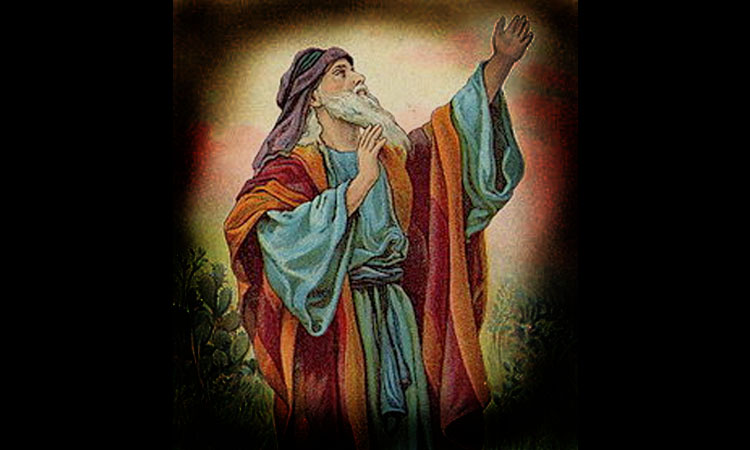
By Barry Rosenfeld
Part 1 Part 2
Readings from the Haftorah
In the synagogue service it is the tradition to read from the book of prophets following the Torah reading (the reading from the Five Books of Moses—the Torah scroll). The rabbis avoid reading Haftorah verses that speak of the Messiah such as Isaiah 53 but many other portions of the Book of the prophet Isaiah are read in the synagogue.
The various Sabbaths are given names based on these Haftorah readings. Therefore Shabbat Chazon, the Shabbat before Tisha B’Av (when the destruction of the Temple is memorialized), and Shabbat Nachamu, the Shabbat after Tisha B’Av are named for readings from the Book of Isaiah. Chazon (“Vision”) is the first word of the first chapter of this book, and Nachamu (“Comfort ye”) is the initial word of the fortieth chapter of Isaiah, the chapters read on these two Sabbaths. Between Shabbat Nachmu and Rosh Hashanah, the Jewish New Year, there are seven consecutive Sabbaths in which the prophetic reading is taken from the Book of Isaiah. They are called the “Seven Haftorahs of Consolation”
Who was Isaiah?
Isaiah was the son of Amoz who was a member of the royal family living in Judah. It is said that he first appeared publicly during the reign of Uzziah in the year that the king was afflicted with leprosy. He ministered to the people of Judah for about ninety years up until the reign of Hezekiah.
He appeared at a time in which the Northern Kingdom of Israel was being scattered by the Assyrians and the people of Judah were returning to idol worship and immorality. His name means “The Lord is salvation.”
Isaiah was married (8:3) and had two sons. The elder, Shear-Yashuv (7:3), “a remnant shall return” and the younger Maher-Shalal-Hash-Baz (8:3), which means “the spoil speedeth, the prey hasteth.”
This was a man who could relate to people of all classes, and who came at a time of spiritual collapse. He was God’s man of the hour, warning the people to repent of their sins and to return to the one true God to avert falling into captivity at the hands of the Assyrians. He was down to earth, a man of high principles.
As Isaiah preached in Jerusalem warning of destruction at the hands of the Assyrians, Amos (755 BC) and Hosea (750 – 725 BC) preached to the Northern Kingdom of Israel. While Isaiah preached to all classes, his younger contemporary Micah reached out to the poorer classes living in the countryside.
To be continued…
Share this page with your friends
Follow News from Jerusalem









